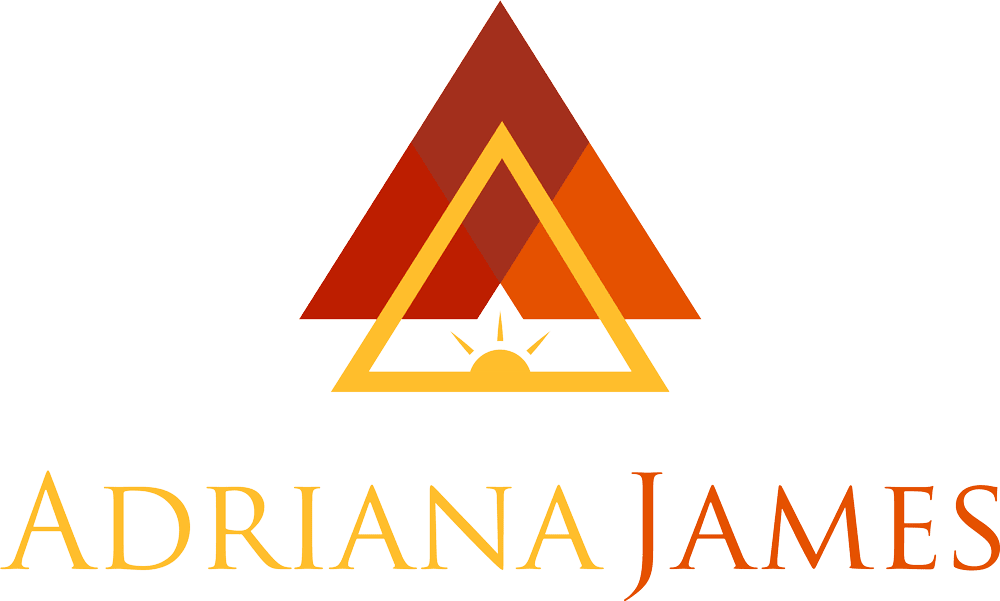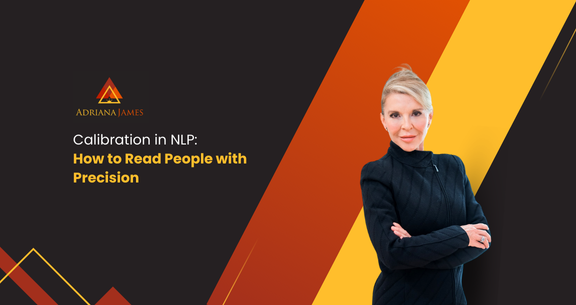If you missed the start of the series, see our How to Read People: The Ultimate NLP Calibration Guide to catch-up
What if you could know—really know—how someone feels, even if they smile politely and say all the right things?
In this final blog of the series, Dr. Adriana James brings all the elements together and introduces the master skill that makes the difference between educated guessing and true insight: calibration.
If you’ve been following the series, you’ve learned how to observe:
- Subtle changes in skin color
- Shifts in muscle tone and facial symmetry
- Changes in breathing, lower lip size, and eye movement
Now it’s time to learn how to connect the dots—so you can apply your observation skills with precision in coaching, business, therapy, and daily life.
What Is Calibration?
Calibration is the ability to detect changes in a person’s state by comparing how they behave in one situation versus another.
It’s not theory. It’s not intuition.
It’s real-time, behavior-based feedback—through observable shifts in physiology.
Why Calibration Beats Guesswork:
You’ve probably heard things like:
“If someone crosses their arms, they’re closed off.”
“If someone avoids eye contact, they’re lying.”
❌ These are guesses.
✅ NLP trains you to observe actual shifts in the person’s state—based on what’s true for them, not what you read in a pop-psych article.
Calibration Exercise: How to Practice This Skill
Here’s how to build your calibration muscle:
1. Ask the person to talk about something they love
Could be a hobby, a child, a place they adore, or a topic they’re passionate about. As they speak, observe:
- Skin color (lighten or darken?)
- Skin tone (relaxed or tense?)
- ✨ Facial symmetry and shine
- Lower lip fullness
- ️ Breathing (fast/slow, high/low?)
- ️ Eye focus and pupil dilation
You’re building a baseline—their natural state when they feel positive.
2. Shift the topic to something they strongly dislike
This must be something they have a visceral reaction to—not mild disinterest, but real aversion. Then observe:
- Do their facial muscles tighten?
- Does their breathing change?
- Do they slouch or pull back?
- Are their pupils constricted or more darting in movement?
This is where you begin to compare state to state.
The Secret to Precision: Noticing, Not Guessing
Master communicators and NLP Practitioners don’t “sense” emotion—they see it.
They know the moment someone moves out of rapport, or when resistance begins to build—even if the person is smiling and nodding.
With calibration, you’ll know when to:
- Shift your language
- Ask a clarifying question
- Pause or reframe to keep rapport intact
You won’t rely on vibes. You’ll rely on visual evidence.
Real-Life Applications
This level of calibration is essential in:
✔ Coaching or therapy: Know when a client is truly shifting—or just nodding along
✔ Sales & persuasion: Spot unconscious objections before they derail a decision
✔ Leadership: Instantly recognize when a team member is confused, disengaged, or fully aligned
✔ Teaching & training: Know when your students are lost—without them saying a word
How does NLP Training Makes You a Master Communicator?
These five blogs have shown you what to observe and how to begin noticing unconscious cues.
But to truly calibrate behavior in real time and use this information in coaching, leadership, and influence—you need the full framework that NLP Practitioner and Master Practitioner trainings provide.
This includes:
- How to use calibration in Time Line Therapy®, anchoring, and change work
- How to build and maintain deep rapport
- How to lead conversations based on the other person’s state, not just their words
- How to make better decisions, faster, based on what’s actually happening
Your Next Step
If this material resonated with you, imagine what it would be like to train your brain to see what most people miss.
Enroll in NLP Practitioner Training
→ Click here for upcoming training dates
Already a Practitioner? Deepen your skills in Master Prac
→ Master the full calibration and modeling toolkit
Final Thought
“There is nothing we can do in NLP until we learn to observe.”
—Dr. Adriana James
This is the core of all NLP, Time Line Therapy®, and transformational work.
The ability to notice without guessing is what makes you an extraordinary communicator.

